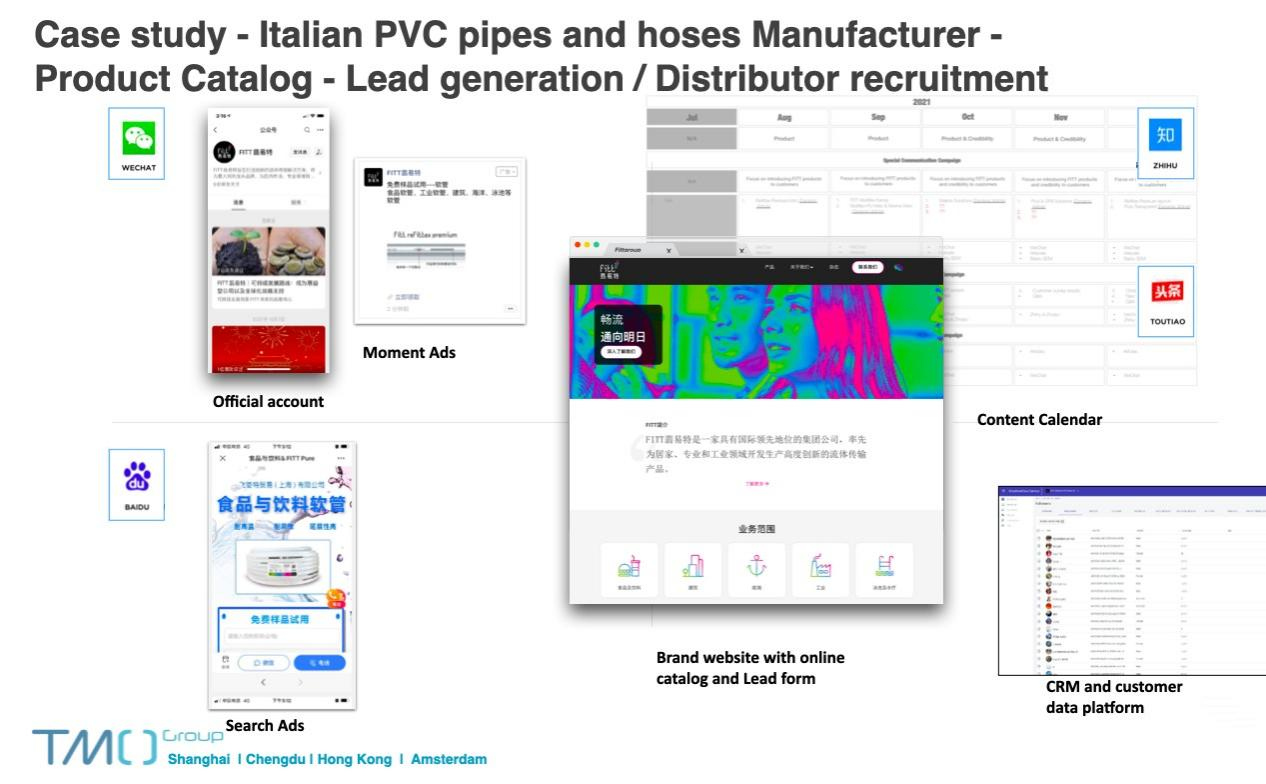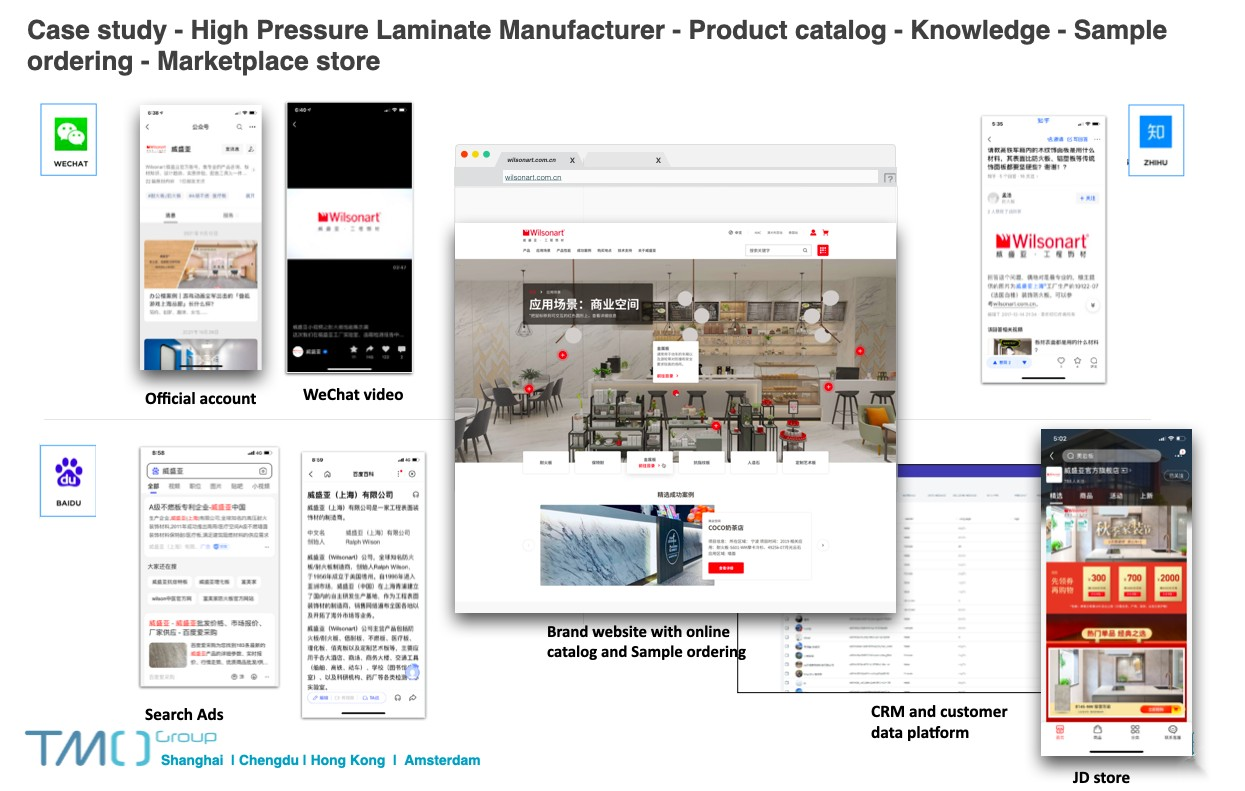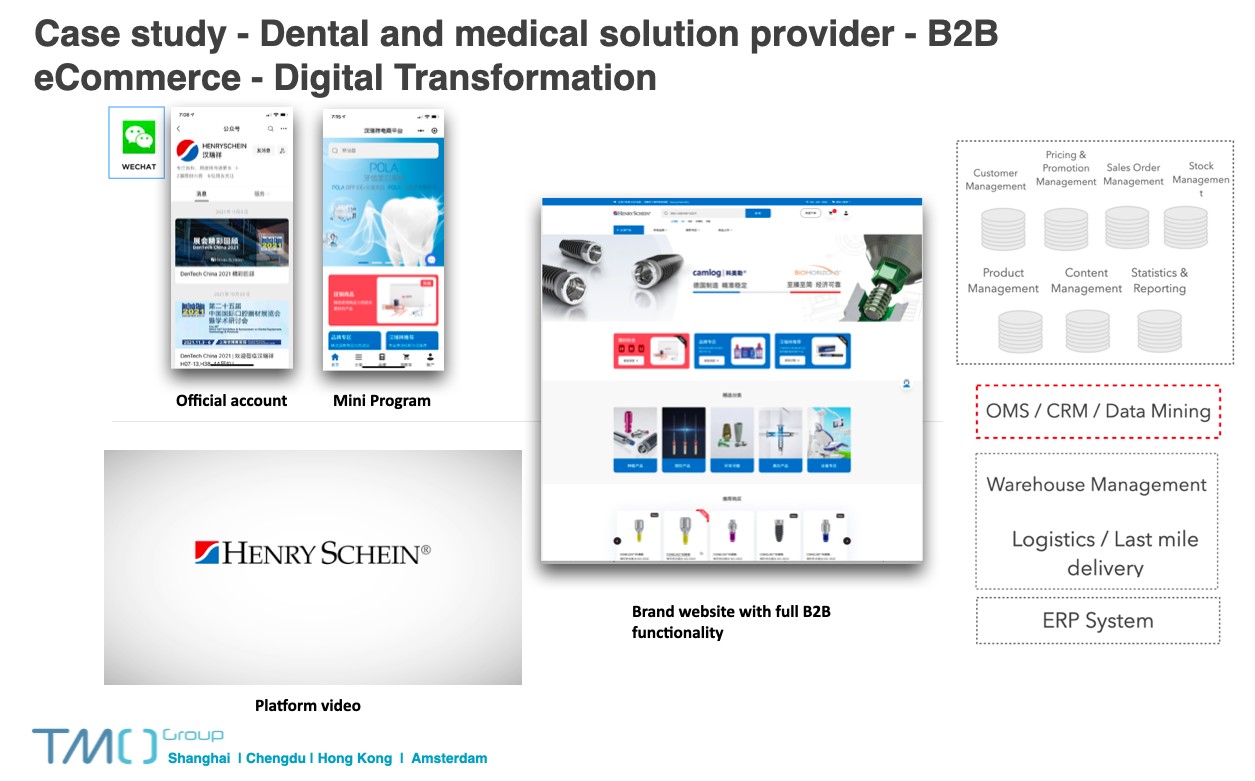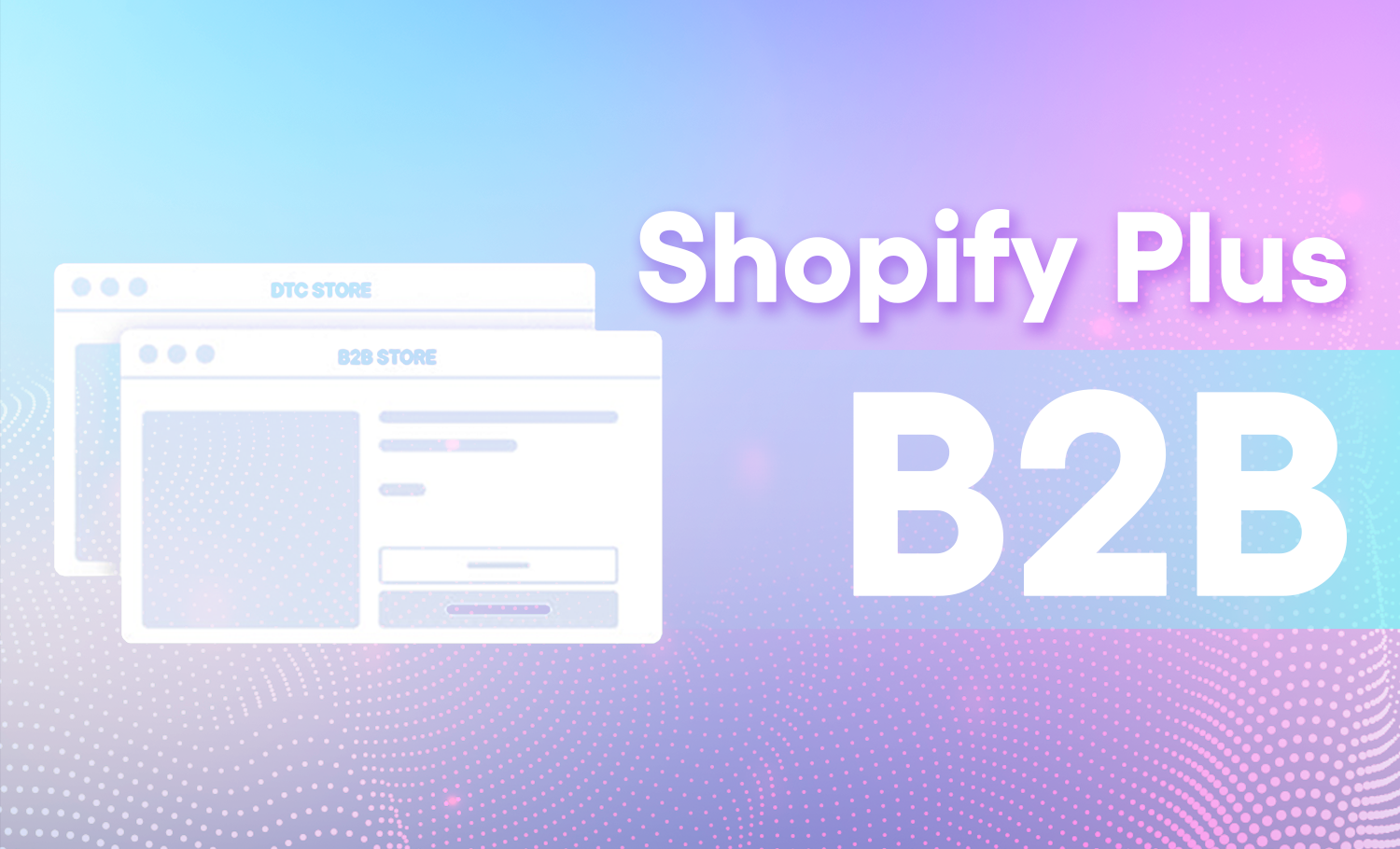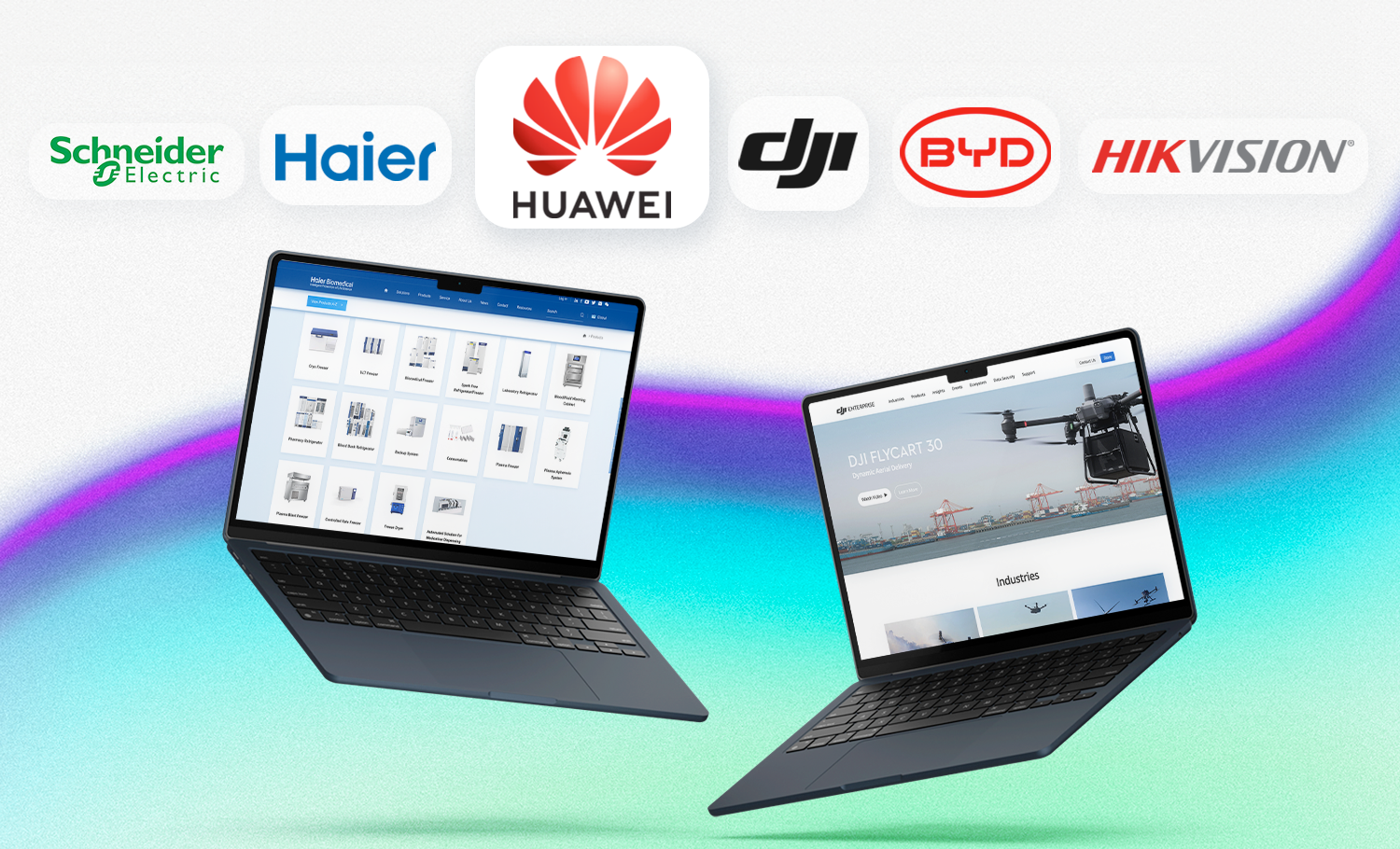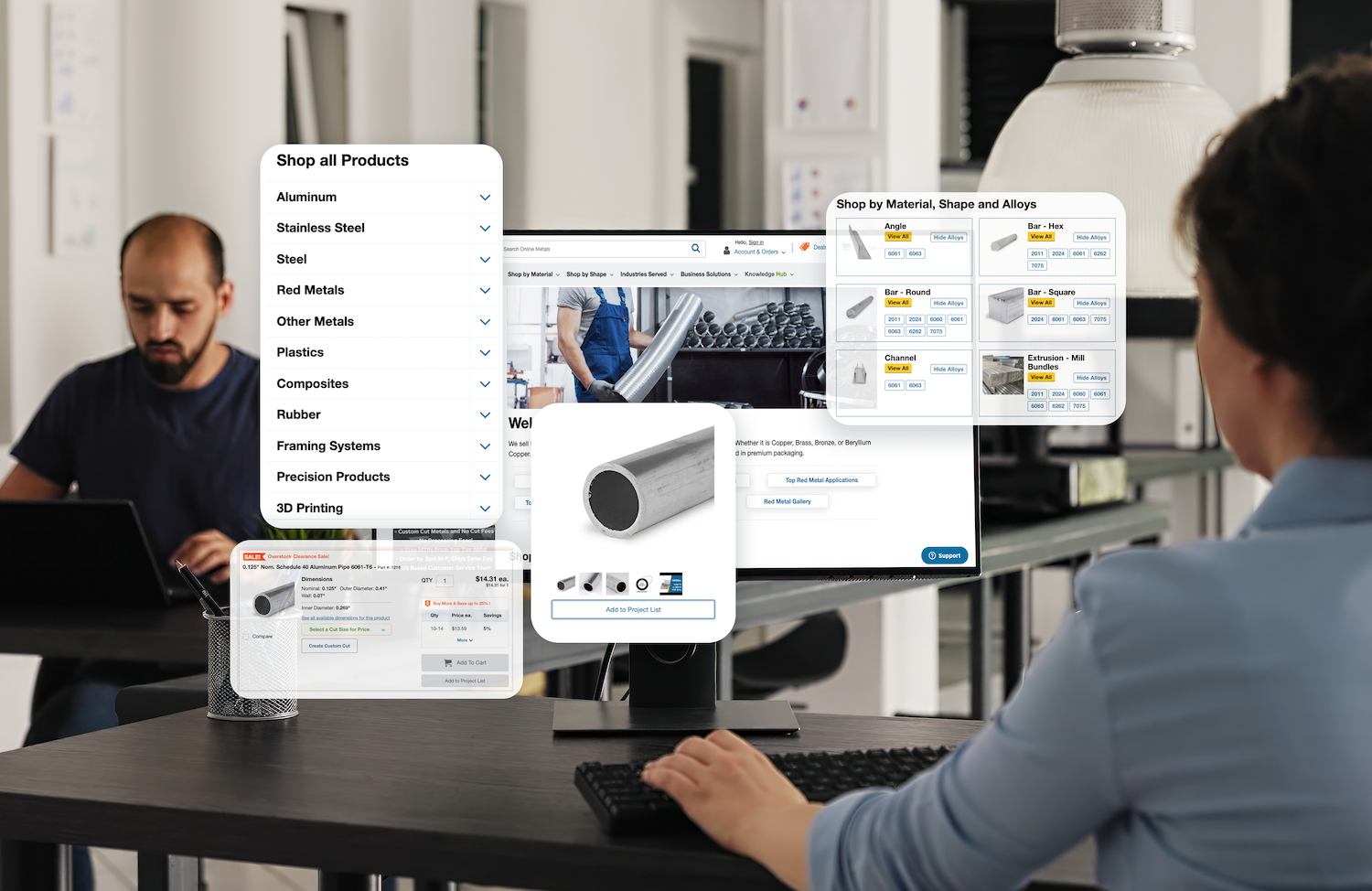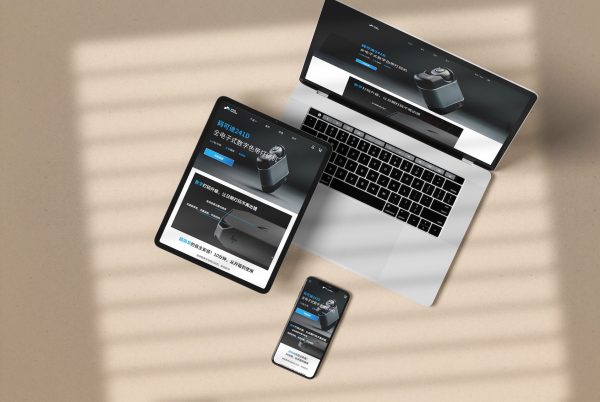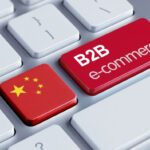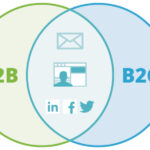Recently China’s eCommerce marketing has entered a new era. Online consumers are avid mobile users, so such marketing methods like social and video search, live streaming, and short video have long since proved their effectiveness – at least for B2C. Marketing in B2B eCommerce, however, is geared towards businesses and organizations. Here, customers pay more attention to things like ROI and level of expertise, they are more eager to receive product knowledge, rather than follow emotions and impulses. All that requires B2B brands to adopt different marketing strategies, when it comes to online sales.
What are the steps for B2B eCommerce to develop an effective strategy, establish a brand and increase efficiency of its digital marketing? In this article we will look at different trends, strategies and channels related to B2B users in China. We will also illustrate some of the points with real cases of our clients.
Mobility is king, and so is mobile experience
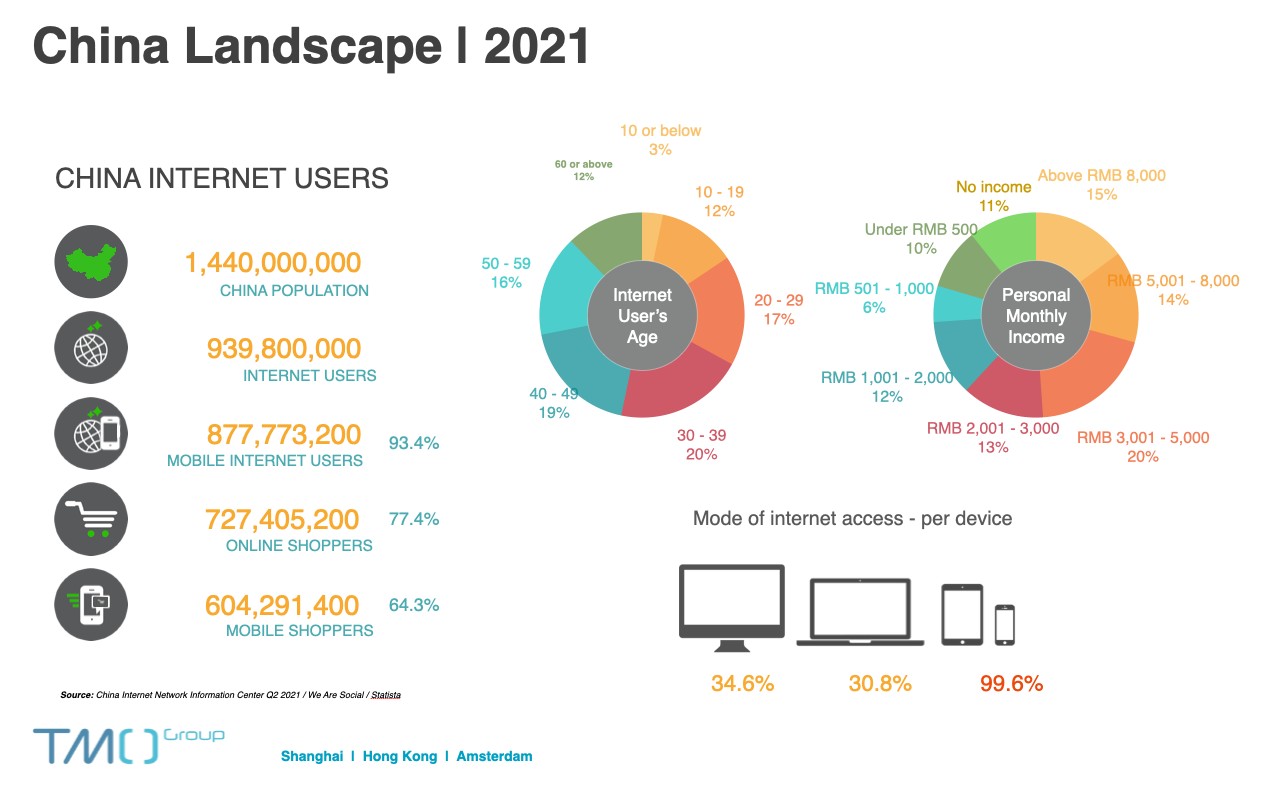
According to data from the China Internet Network Information Center in 2021, the number of Internet users in China exceeded 900 million.
Virtually all of them (99%) have mobile access to the internet, and about 30% also have online access via their desktop computers or laptops. Speaking of eCommerce, mobile consumers accounted for more than 60% of the total number of online sales. Share of both online users and online buyers in China is extraordinarily high and so, capturing the heart of the “small screen users” is the key to marketing success. That applies to all aspects and ways of how users would interact with an eCommerce site: from mobile searchability and design, to mobile friendly UI/UX and user journey.
New trends of user search behavior: wide SEM channels
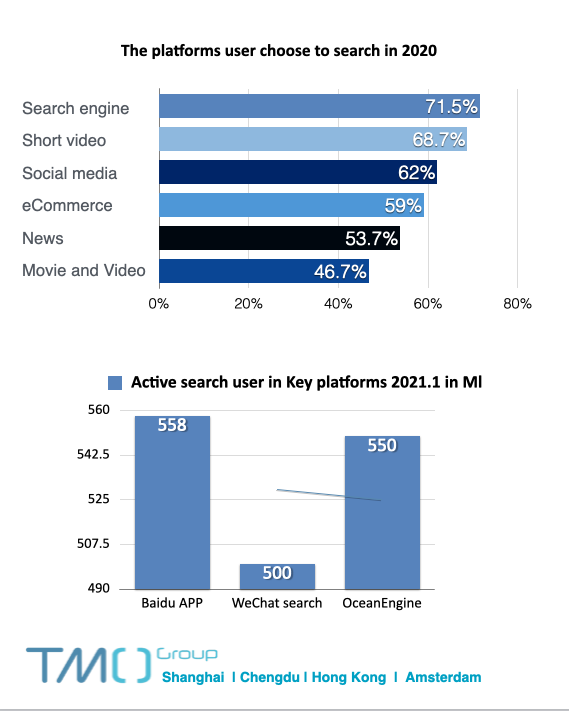
User search behavior changes, it becomes more diversified. While Baidu still has the largest market share in the Chinese search market (more than 70%), there is the whole new crop of platforms that are winning users' hearts and minds. A prominent example of these new generation advertising system is Ocean Engine (巨量引擎) that firmly grasps second place by search volume. The platform encompasses several large content platforms: Toutiao (content recommendation), Douyin (short videos), Xigua (mid-length videos), and many others. Advertisers can use Ocean Engine to promote their content to specific audiences: there is an AI-powerful algorithm that uses social profile data, interest and other social signals to target the message to exactly the right people.
These platforms present an untapped potential for companies to attract new customers and promote brand awareness. By combining new search experience with traditional search engine advertising, brands can take advantage of personalized recommendation engines and social profiling, reaching their potential customers with much higher accuracy.
Using live stream and short videos
One emerging way of raising brand awareness and expanding into new market segments that companies can use is using third part media and KOLs.
If a brand can find KOL or a media channel that targets an audience that brand is interested in if the general tone of voice matches brand’s positioning - this platform or KOL can be a valuable tool for the expansion. A typical format may include product demonstration done with a short video.
An important thing to keep in mind though is that the brand is essentially ”renting” KOLs’ audience. It can be very efficient when we look at immediate results, but this activity usually has little effect on the brand’s long-term loyal users and community.
Live streaming is another very common way of “renting” KOL’s audiences. Similar to short videos, it will grab users’ attention and trigger immediate purchases, helping to create a “Hero product”. Again, this approach can typically only boost sales and exposure in the short term. The quality of traffic attracted by this approach is relatively low.
On the opposite side are continuous brand storytelling and content that matches the audience’s interests. Compared to the approach mentioned above, it will generate meaningful and sustainable user engagement, higher quality traffic with efficient user retention. For example, Land Rover did live streaming for 30 hours on Douyin (the Chinese version of TikTok), telling the story of its brand and heritage. One significant issue though is that this strategy is significantly more costly – both in production and distribution.
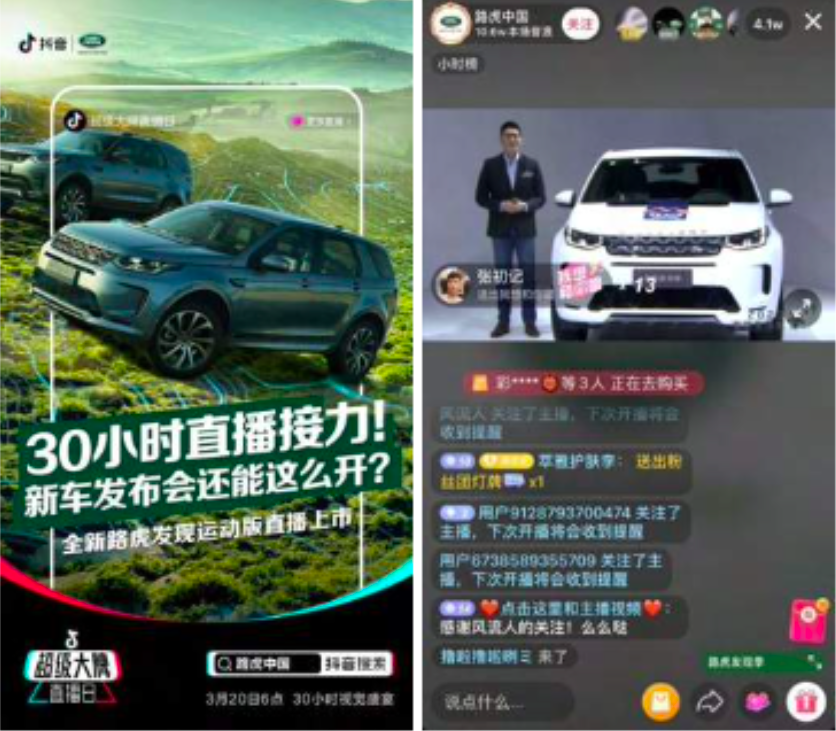
Another thing regular live streaming can help with is promoting the brand intent and building customer trust. For example, a large number of beauty brands maintain daily interactions with consumers during live streaming. This became even more prominent during social distancing and lockdown periods: some brands turned their shop assistants into live stream hosts when brick-and-mortar traffic was particularly low.
These types of streaming happens on brands’ own social accounts, targeting existing audiences. This is also a costly, but efficient way to improve user retention.
Generally speaking, there are various perspectives a company has to consider to establish its own holistic marketing strategy: user perception, level of participation, existing loyalty and many more. There are many tools that can be used in achieving strategic goals, such as content, search capabilities, lead ratings, and quick responses (for example in WeCom, a corporate version of WeChat). All of it will eventually lead the brand to its own sales channels.
Where to start: from large channels to targeted interactions
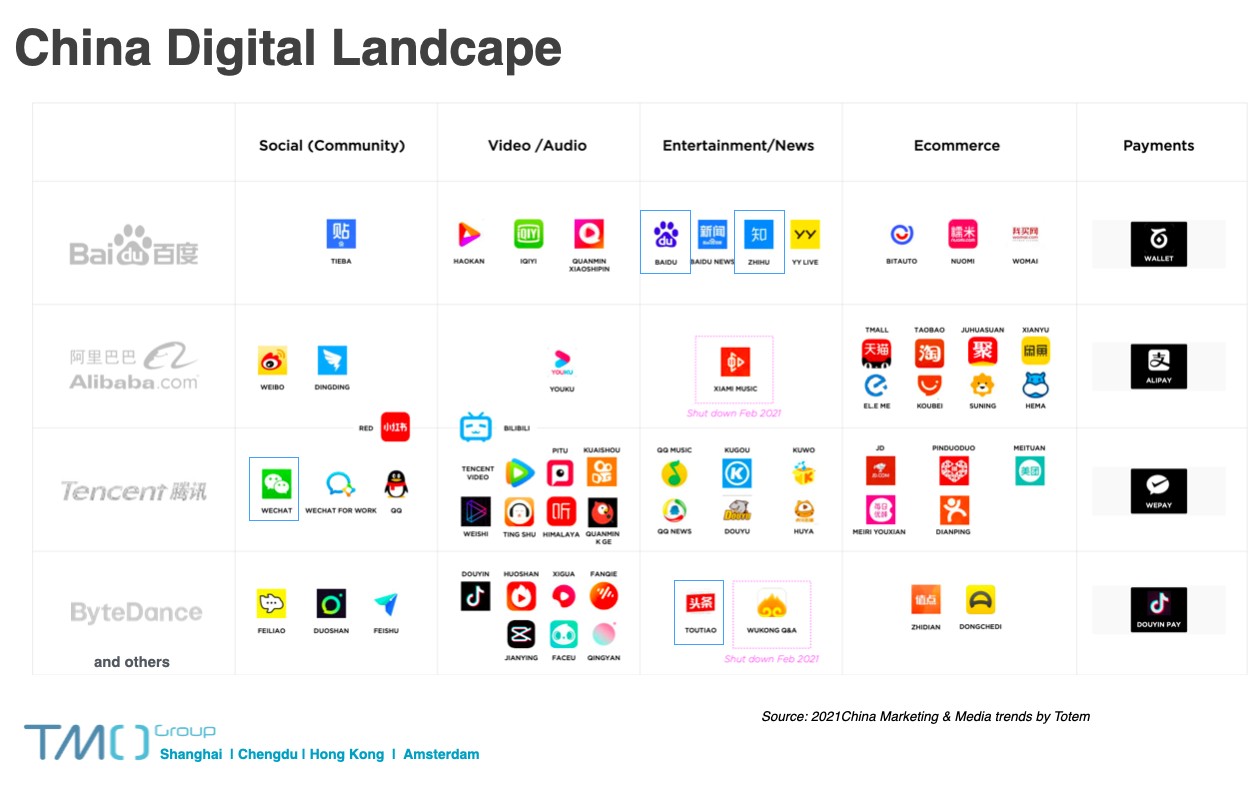
China’s digital landscape today, as seen from the picture above, is divided into 4 parts, each belonging to one of the Chinese internet giants: Baidu, Alibaba, Tencent and ByteDance (nicknamed Big Four and abbreviated as BAT-B).
Each of the “giants” provides its own social media, audio and video platform, news, entertainment, eCommerce solution and payment option. While it results in dozens of tools that in theory can be used, platforms most frequently used in B2B eCommerce marketing are WeChat, Baidu, Toutiao, and Zhihu.
Platforms to start from are most often WeChat and Baidu: these are the most popular platforms overall, so user volume is somewhat guaranteed. Brands generally choose to set up official accounts on WeChat, the largest social media in China, and use it for continuous dissemination of information, product-related education, community building and interaction.
Additionally, by providing sales follow-up and customer service through WeCom (corporate version of WeChat), brands can offer a more smooth user experience, building a positive business image and, of course populate their sales funnel with more leads.
If we look at Baidu (leading Chinese search engine), promotional activities are often carried out to increase real-time traffic (by utilizing both PPC advertising and information flow options). At the same time, making sure the website is compliant with Baidu SEO requirements would help increase long-term, organic traffic. Similar to Google, Baidu offers a rich ecosystem of additional services, and using them for promoting brands can be a valuable addition to traditional SEO activities. For example, creating a Baidu Baike (Baidu version of Wikipedia) page about the brand or responding to questions on Baidu Knows (Bidu’s Quora) are effective, albeit time consuming, methods to increase brand recognition.
Another content-based platform, Zhihu is well-suited for establishing a professional image, by publishing knowledge base on the topics related to the company's products and services. Companies have the opportunity to interact with users and professionals through Q&A.
Final example, information platforms like Toutiao use powerful recommendation engines to garner and retain significant traffic. These platforms are useful for companies that intend to distribute content to a specific target audience – either for establishing brand awareness or for generation of sales leads.
Examples of successful B2B eCommerce marketing
(Please click the case titles or pictures to view the case details)
Case 1:
FITTFITT's China-localized B2B eCommerce solution leverages WeChat for closed-loop marketing, customer service and a smooth browsing experience on social media.Concept, Design & Development | B2B | FiTT
Italian company FITT is an expert manufacturer of PVC pipes and hoses that came to TMO for a one-stop solution for Chinese B2B eCommerce. We centered our efforts around the official website of the brand, designing a clear, long-term digital marketing strategy and creating a reliable, timeless and artistic brand image. Through these efforts, we were able to help FITT China’s B2B eCommerce localization take a strong first step.
Case 2:
WilsonartWilsonart enhances B2B experience with a configurable product catalog and digital showroom built on a headless eCommerce solution with Magento 2 & WordPress.Design & Development | B2B | WilsonArt
Wilsonart, a world-leading manufacturer and distributor of High-Pressure Laminate, wanted to expand their digital capabilities of B2B eCommerce in China, Thailand and Australia. To provide excellent user experience for their product catalog, TMO used headless eCommerce setup for fast loading and smooth interactions. The resulting platform features a comprehensive catalog for more than 10k SKUs.
Case 3:
Henry ScheinHenry Schein streamlines B2B purchases with automatic order fulfillment that integrates into systems like ERP for a modern B2B experience across platforms.Consultancy Design & Development | B2B | Henry Schein
Henry Schein is a FORTUNE 500 Company and provides dental and medical solutions for healthcare professionals globally. TMO was tasked with laying the groundwork for company digitalization, establishing the B2B eCommerce Channel in China, Thailand and other SEA countries.
We gathered requirements from each market and used them to build an eCommerce system that allowed for both centralized management and regional customizations. Our work covered all aspects of development: from conceptualizing UI design & workflow, to building core platform features and country localization.
We hope you found this article useful. For more information you can download the “China B2B Guide” (currently available in Chinese, but we are working on the English version). Feel free to get in touch with us to discuss how we can help you develop your next B2B eCommerce project in China.


